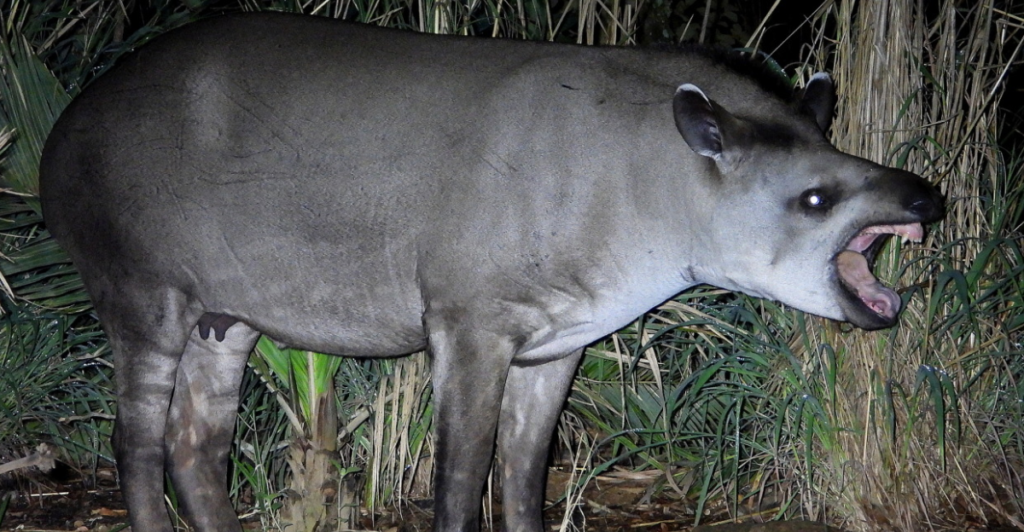
In a dramatic reversal, the world’s largest land mammal has made a remarkable return after almost a century of absence. This historic comeback has left scientists and conservationists amazed and has fueled debate about the power of nature and the efficacy of contemporary conservation practices.
The return of the mammal to its home soil is not only a victory for biodiversity but also a declaration of the vital role that conservation reserves play in the protection of threatened species.
As we continue with this historic endeavor, we learn about the cause of the mammal’s extinction and the combined efforts that made its return possible. Come along with us on a journey through time and conservation as we explore the history of the return of the world’s biggest land animal.
Rediscovery in the Atlantic Forest
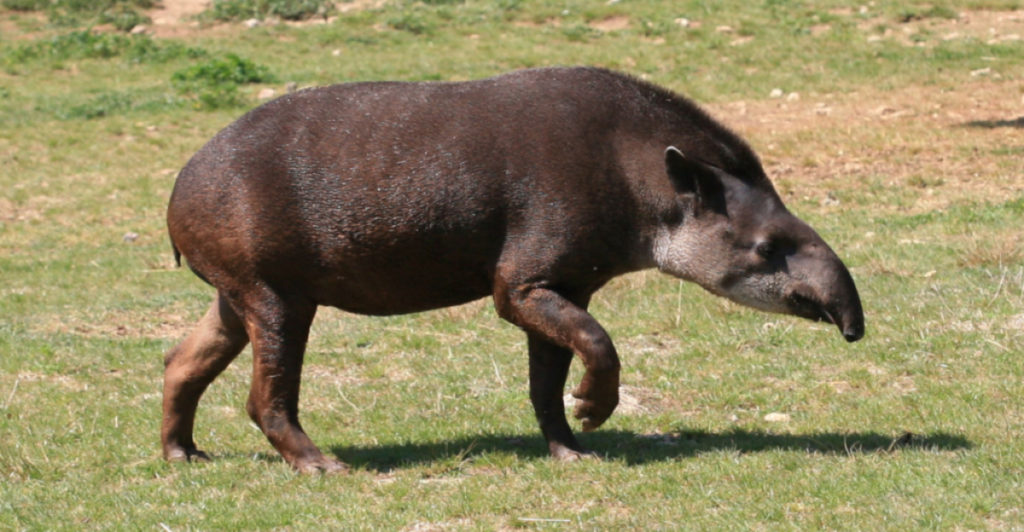
South America’s biggest land mammal, the South American tapir (Tapirus terrestris), has returned to Brazil’s Atlantic Forest after being presumed extinct for over a century. Captured on camera in Cunhambebe State Park, it is a conservation achievement. The tapir, or “gardener of the forest,” is a key player in seed dispersal and the regeneration of the forest ecosystem.
Its return is a testament to the effectiveness of protected areas in promoting biodiversity and restoring ecological harmony. This rediscovery not only brings hope for the future but also testifies to the strength of nature when given the opportunity to heal.
The Ecological Role of the Tapir
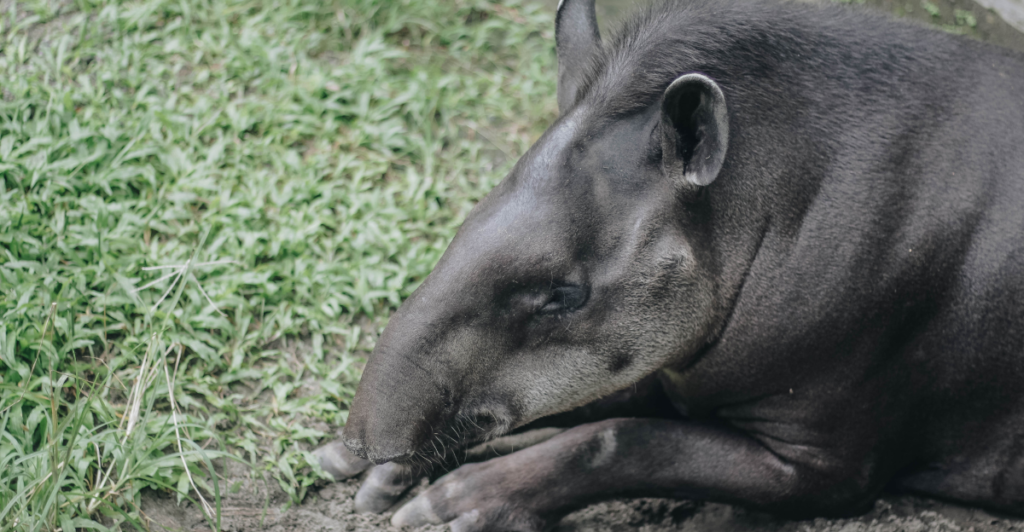
The South American tapir plays an ecological role as a keystone species in maintaining forest health. Through its feeding on diverse fruits and plants, the tapir promotes seed dispersal, which promotes both plant diversity and forest regeneration.
Its ground movement in the forest opens pathways for light to penetrate to ground level, triggering new plant development. This is an ecosystem service that benefits various other animals from insects to larger mammals, hence maintaining the web of life within the forest.
The return of the tapir is reflective of the rebuilding of such integral ecological processes, highlighting the importance of these animals to the health of the entire environment.
Causes for the Extinction of the Tapir
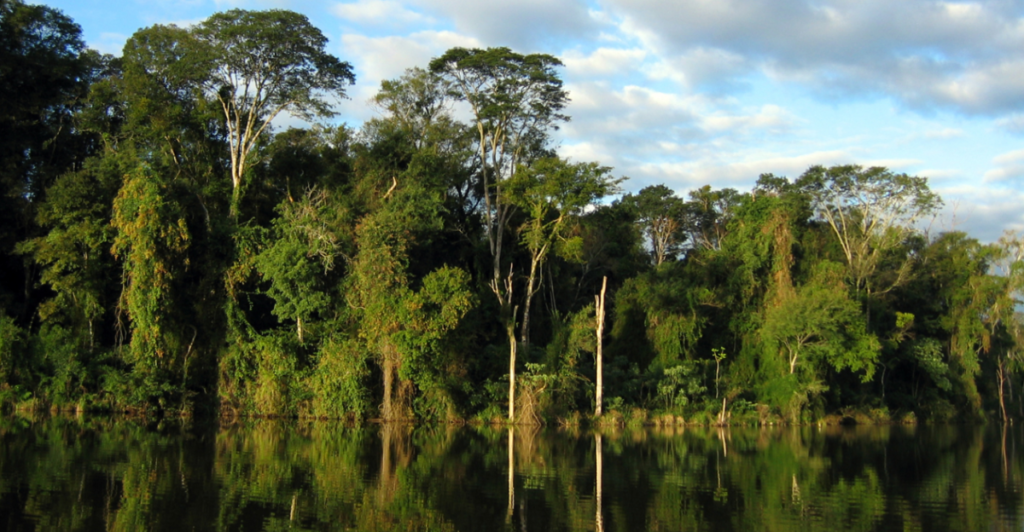
The absence of the South American tapir from the Atlantic Forest for over a century is due to several human-driven causes. Continuous urbanization and clearing of the lands led to territorial loss, greatly endangering the native habitat of the tapir.
Additionally, hunting for leather and meat further reduced their numbers. All these cumulative pressures drove the tapir to near extinction in the region.
The disappearance of the species dismantled ecological processes, and this confirmed the interdependence of all species in an ecosystem. It is worth mentioning the factors that help prevent further decline and the conservation of the long-term existence of the tapir and other threatened species.
Conservation Efforts and Protected Areas
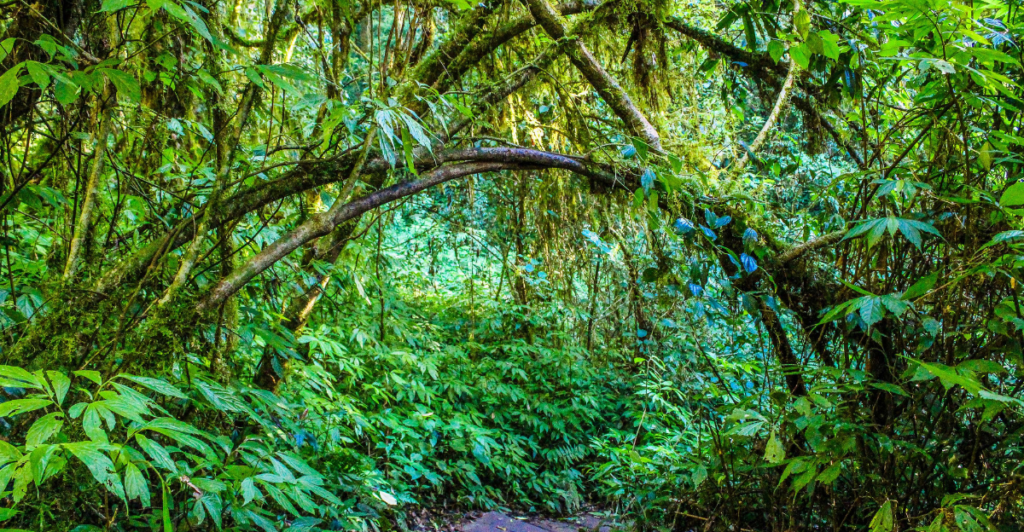
The creation of protected areas like Cunhambebe State Park has helped immensely in the recovery of the tapir. Safeguarded places offer a haven for threatened species, free from encroachment threats and poaching.
State agencies and conservation organizations have joined hands to implement monitoring programs, using camera traps and other tools to track wildlife populations and the health of wildlife.
These programs not only safeguard one specific species but also conserve the entire ecosystem, enabling countless animals sharing the tapir’s habitat to live. Such success in their efforts reiterates why more investment is needed in conservation strategies.
The Tapir’s Return: A Symbol of Hope
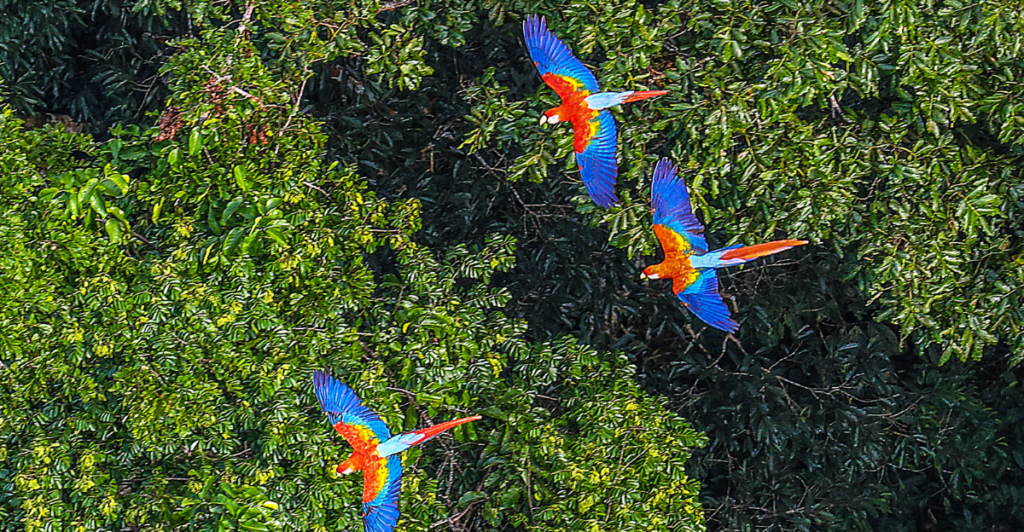
The tapir’s return is a symbol of hope for conservationists worldwide. It shows us that with mass will and drive, extinct species can be brought back. The event has resurrected interest in biodiversity’s value and the enormity of the requirement for global conservation efforts.
It once again highlights the crucial role of local communities in conservation, their support and participation being instrumental in the campaign’s success. The recolonization of the tapir is not only a success for Brazil but also a powerful symbol of nature’s resilience and conservation’s strength.
Implications for Biodiversity Conservation
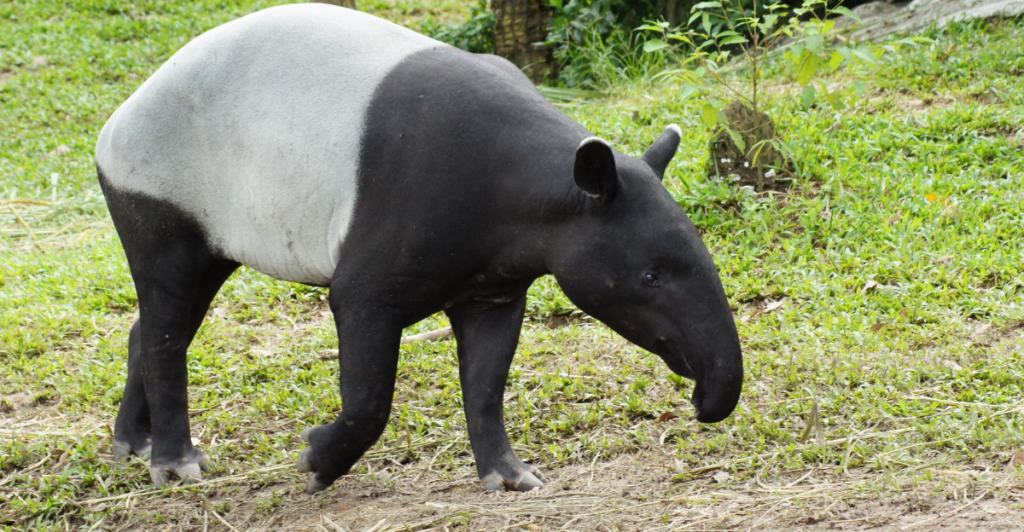
The recolonization of the South American tapir has wide implications for the conservation of biodiversity. It focuses on the fact that natural habitats need to be conserved and calls for the adoption of best conservation practices.
The role of the tapir in seed dispersal and forest regeneration emphasizes the dependence of species and ecosystems on each other. Conservation of such a keystone species ensures the health and stability of the ecosystem.
This experience is a lesson for other parts of the world that are also experiencing similar issues, proving that with the right approach, we can undo human-inflicted damage and restore balance.
Lessons Learned and Future Directions

The Tapir’s comeback provides lessons for conservation in the future. It highlights long-term planning, involving local communities, and using adaptive management.
The needs and habits of species must be known through monitoring and research so that effective conservation strategies can be developed. Collaboration among governments, NGOs, and local communities can also prove helpful in making conservation work at broader scales.
In the years to come, it is crucial to continue to build on these achievements, to expand efforts to protect biodiversity and preserve threatened species for future generations.
The International Significance of the Tapir’s Return

Although the tapir’s return is a national success for Brazil, it carries global significance. It reminds us of the worth of biodiversity and the significance of global cooperation in conservation.
The threats that confront the tapir are common to numerous species across the globe, and its recovery demonstrates what’s possible when collective efforts are put forth.
The event promises to encourage similar efforts elsewhere in the world, proving that with effort and teamwork, it’s possible to conserve and replenish the wildlife and environments that our planet so desperately needs.
A Triumph for Conservation
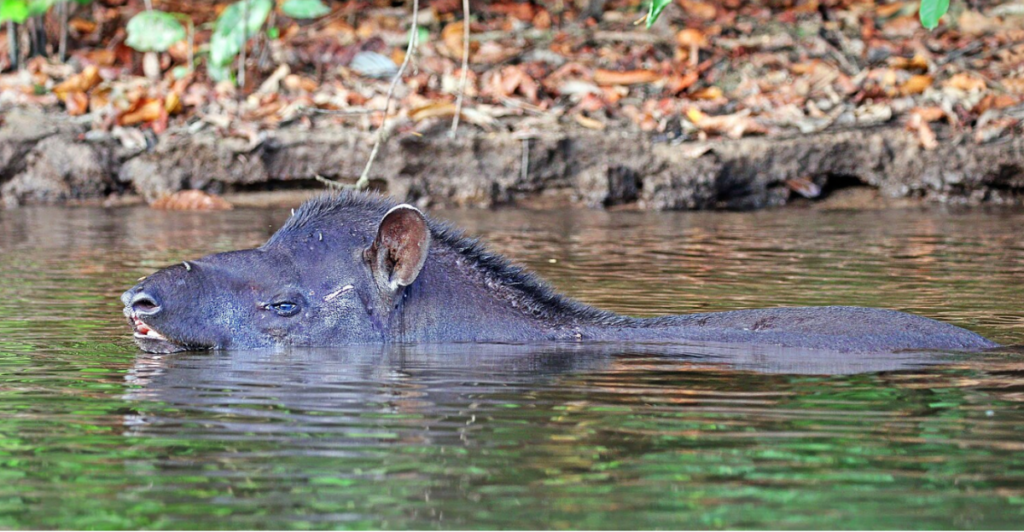
The return of the South American tapir to Brazil’s Atlantic Forest is greater than a heartwarming animal story—it’s an affirmation that conservation can be worthwhile if seriously pursued and supported in the long run.
After 90 years away, the forest has welcomed back one of its most important stakeholders. This is a comeback that restores ecological balance, renewed hope, and a lesson to everyone that extinction does not have to be an irreversible outcome.
It’s a powerful reminder that our efforts matter, from enforcing protections to involving local communities. As the tapir roams again, it leads the way for other endangered species and ecosystems waiting for a second chance. Let this success inspire greater action, urgency, and belief in the possibility of nature’s comeback.
Explore more of our trending stories and hit Follow to keep them coming to your feed!

Don’t miss out on more stories like this! Hit the Follow button at the top of this article to stay updated with the latest news. Share your thoughts in the comments—we’d love to hear from you!







